How we feed our dogs has changed a lot, focusing more on their health and special diets. This guide will help dog owners make nutritious, homemade Farmer’s Dog-style food at home. It uses trusted sources to show the big benefits of homemade meals. These are much safer and healthier than store-bought food, which might have bad stuff like preservatives and fillers. Our main aim is to improve our dogs’ health through their diet. This shows a move towards better and well-informed care for our pets.
Benefits of Homemade Dog Food
Feeding your dog homemade food helps them avoid bad stuff found in store-bought dog food. Things like fake preservatives or low-quality meat. When you make their meals, you know exactly what’s going in. This can lead to a healthier life and less money spent on vet bills. Plus, you can tailor meals to your dog’s specific needs, which means better digestion and a shinier coat.
Homemade dog food has more perks than just healthier ingredients. It gets rid of bad additives and fillers. By cooking for your pet, you ensure they get what they really need nutrition-wise. Plus, making their meals yourself brings you closer to your furry friend. You’ll see the positive changes in their health and happiness, thanks to your efforts.
Essential Nutrients for Canine Health
To keep your dog happy and healthy, you must understand their dietary needs. A balanced diet is key for their well-being. It helps them live a healthier, longer life.
Water
Water tops the list of dog nutrition essentials. It helps with digestion, absorbing nutrients, and regulating body temperature. Make sure your dog always has access to fresh, clean water.
Protein Sources
Proteins give dogs the essential amino acids they need for strong muscles. Feed them high-quality proteins like chicken, beef, or fish. This will keep them in top health.
Healthy Carbohydrates
Carbs provide energy and fiber that aid digestion. Use veggies like sweet potatoes and grains like brown rice. These meet your dog’s carb needs well.
Fats
Fats are crucial for energy and supporting cell functions in dogs. Foods rich in healthy fats, such as fish oil and flaxseeds, promote shiny coats and good skin.
Core Ingredients for Homemade Dog Food
Making a nutritious meal for your dog means picking the right core ingredients. You can make sure their meal is balanced and healthy by selecting wisely. Let’s look into the basics: meats and proteins, fruits and vegetables, and grains and legumes.
Meats and Proteins
For top dog proteins, choose quality sources like chicken, beef, and fish. These are full of essential amino acids, helping your dog’s muscles grow and keeping them healthy. Select lean cuts to manage fat, important for dogs on a healthy-weight diet.
Fruits and Vegetables
Add fruits and veggies to boost your dog’s diet. Carrots are great for beta-carotene, while apples provide fiber and vitamins A and C. They not only give important nutrients but also make meals tastier and more interesting. Make sure all fruits and veggies are dog-friendly and good for them.
Grains and Legumes
Grains like brown rice and oats are great for energy as they’re good carbohydrate sources. Legumes, including lentils and chickpeas, add protein and help with digestion thanks to their fiber content. Mixing these into meals creates a balanced diet, ensuring your dog gets the needed energy and digestive support.
Making Your Own Farmer’s Dog-Style Dog Food
Crafting Farmer’s Dog-style dog food at home lets you know exactly what’s in it. This ensures your pet gets balanced, nutritious meals. You provide the best homemade care by choosing and preparing quality ingredients.
Ingredient Preparation
For homemade dog food, fresh, quality ingredients are key. Always clean meats, fruits, and veggies well. Cut them so your dog can easily chew and digest them. Be sure to remove any seeds, pits, or skins that could harm your dog.
Cooking Methods
There are many ways to cook dog food to keep it nutritious. Steaming, boiling, or baking lets you preserve ingredient goodness. Gentle methods like steaming and boiling keep nutrients. Use baking for some meats and veggies. Stay away from frying to avoid adding bad fats.
Batch Cooking and Storage
Batch cooking helps you always have meals ready for your pet. After cooking, divide the meals based on your dog’s needs. Keeping meals in airtight containers in the fridge keeps them fresh. Freeze portions for later to keep the food good and tasty.
Substituting Ingredients and Adjusting Recipes
When making dog food at home, being flexible is key. You might not find some ingredients, or they might not be right for your dog’s health. Making your own dog food lets you change things up while keeping it nutritious and safe for your dog.
It’s important to switch out food that could cause allergies with safer options. If your dog can’t have chicken, try using turkey or fish instead. You can also swap grains like rice for quinoa, depending on what’s available or what your dog likes.
Customizing dog food is more than just making swaps. It’s about adjusting recipes to meet your dog’s taste and health needs. Throw in different veggies, like carrots or spinach, to up your dog’s vitamin intake. Feel free to try new mixes to meet your dog’s specific diet requirements.
Serving and Portioning Guidelines
It’s vital to serve and portion dog food correctly to keep your pet healthy and prevent obesity. By managing the serving size, your dog gets balanced nutrition without too many calories. This not only stops overeating but also aids in digestion and energy levels.
Feeding Amounts
The right amount of food for your dog depends on its size, age, activity level, and health. Growing puppies and active dogs need more food for their energy. On the other hand, smaller and older dogs need less food to avoid gaining weight. With portion control, your pet can stay healthy and fit.
Meal Frequency
Knowing how often to feed your dog is key for its digestion and energy. Generally, dividing the daily food into two meals keeps your dog nourished all day. For instance, feeding your dog in the morning and evening helps balance its energy. Puppies may need to eat more often, while two meals a day work well for adult dogs.
Common Mistakes to Avoid
Making homemade dog food requires care to avoid mistakes. These errors can cause nutritional imbalances or health problems for your pet. The biggest mistake is not providing a balanced diet.
A well-balanced diet for dogs must include proteins, carbs, and fats. These are vital for your dog’s health.
Unbalanced Diets
Creating an unbalanced diet is a huge mistake. Focusing too much on one food group can lead to deficiencies. For instance, too much protein and not enough carbs and fats can upset your dog’s diet.
Ensure your dog’s meals have a good balance of all necessary nutrients. This balance is key for a healthy diet.
Unsafe Ingredients
Including harmful ingredients is another big mistake. Foods like chocolate, grapes, and onions can hurt dogs. It’s vital to check if new ingredients are safe for dogs.
Avoiding dangerous ingredients will help your dog stay healthy and happy. By paying attention to these errors, your homemade meals can be both safe and good for your dog.
This will give your furry friend a strong dietary foundation.
Feedback from Dog Owners
Asking dog owners about homemade food can really help beginners. They share the good and hard parts of making dog meals. By listening, newbies can learn how to make healthy food that fits their dog’s needs.
Many say their dogs got healthier from homemade food. Owners see better coats, more energy, and fewer allergies in their dogs. These stories tell us that homemade food can do wonders for a dog’s health.
But, making dog food at home isn’t always easy. People often talk about how much time it takes and how hard it is to learn about dog nutrition. Still, many say these hurdles can be overcome. They suggest using forums and online groups for help and advice.
What we learn from these stories is clear. Making your dog’s food takes work, but the rewards are big. Hearing from others who’ve done it can give you the push you need to start cooking at home.
Conclusion
Switching to homemade dog food, similar to what Farmer’s Dog offers, greatly improves your dog’s life. This guide covers everything. It explains nutrients, cooking methods, and how to ensure meals are balanced. By doing this, your dog could become healthier. You might save some money and get closer to your pet.
Starting to make dog food at home shows you really care for your dog. It lets you adjust meals to perfectly fit your dog’s health needs. This might be something store-bought food misses. Your effort shows how much you love and commit to your dog’s health and happiness.
Making your dog’s food is more than just filling their bowl. It shows your love and desire for their better health. This guide aims to give you the confidence to choose the best diet for them. The result? A happier, healthier dog, making all your efforts worth it.

































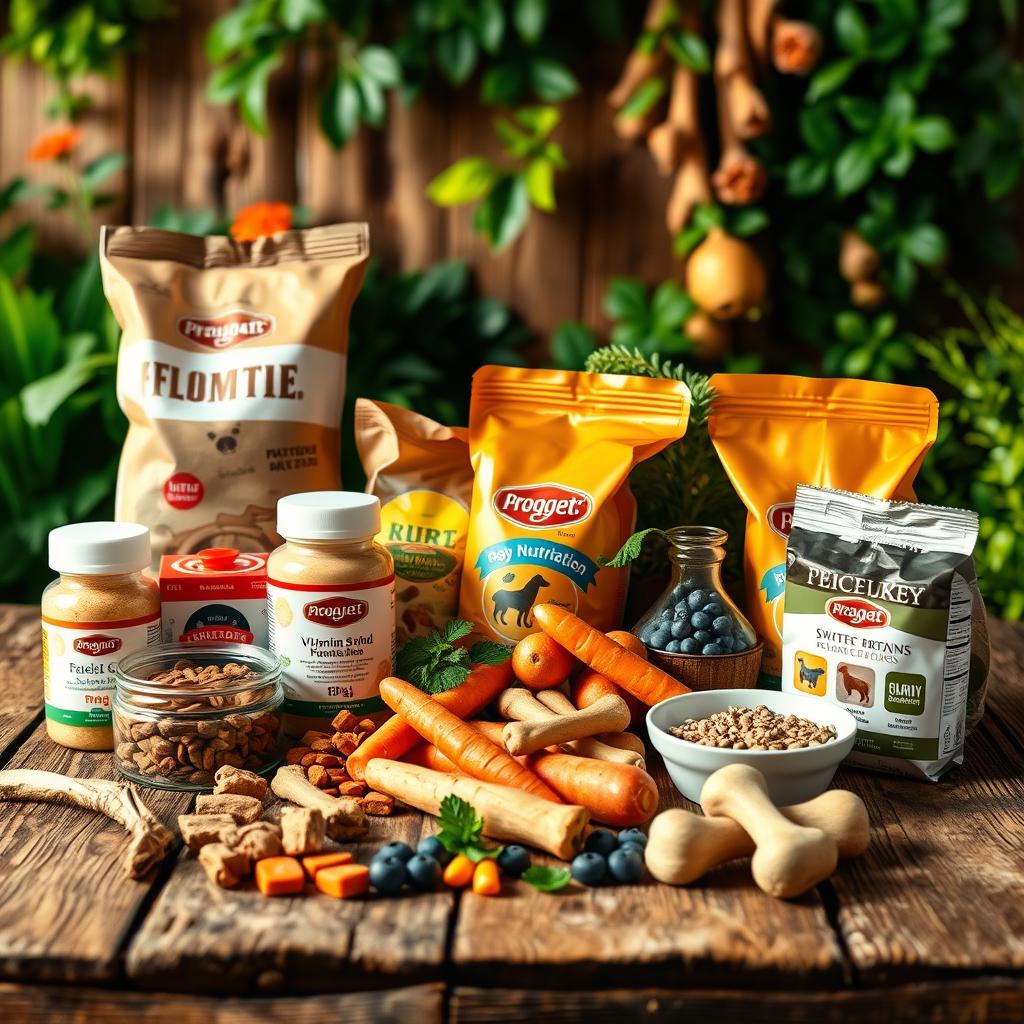


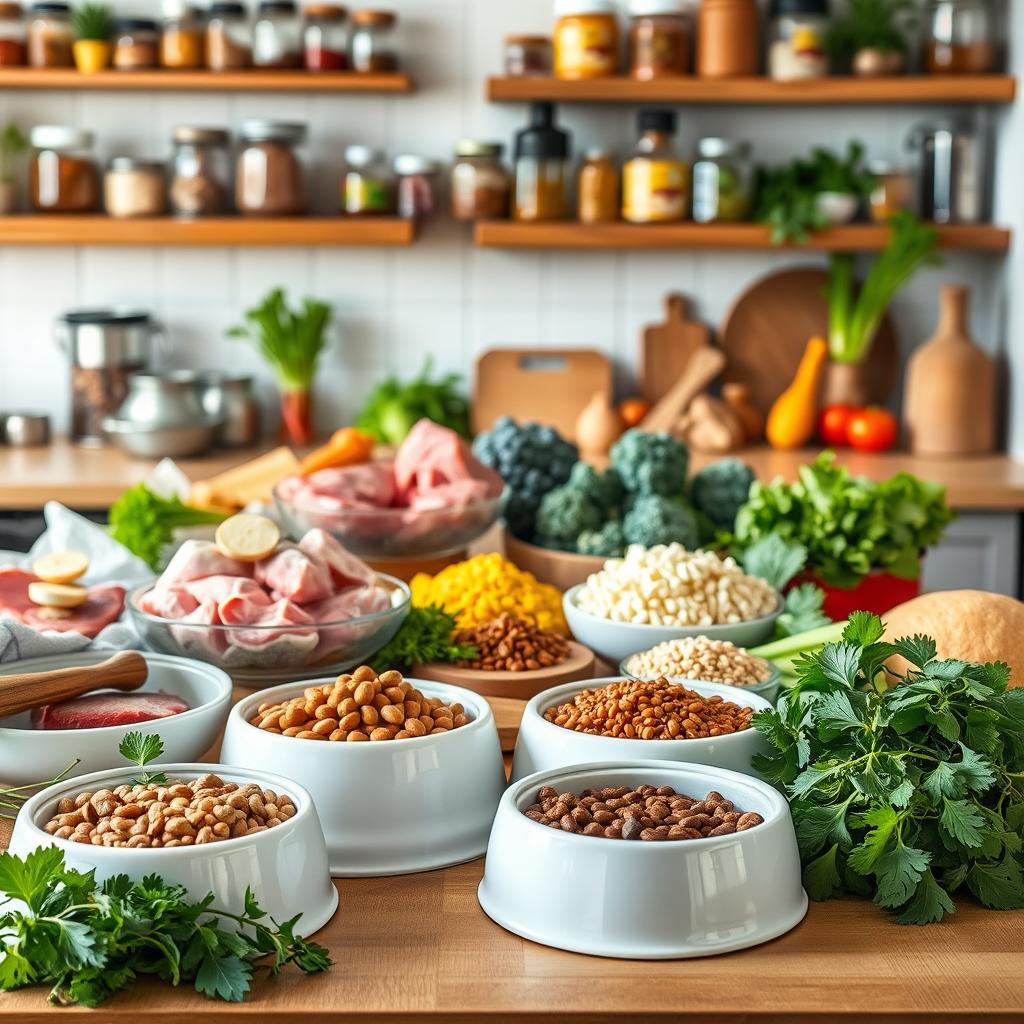

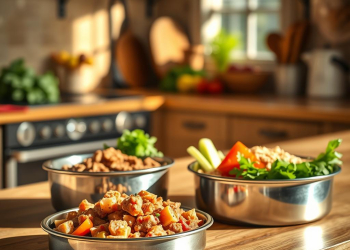
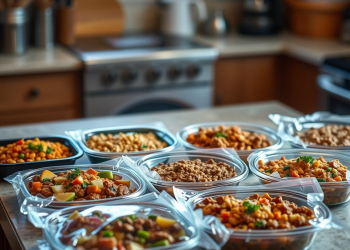
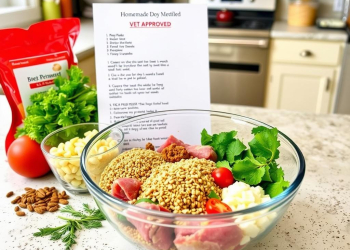











Discussion about this post